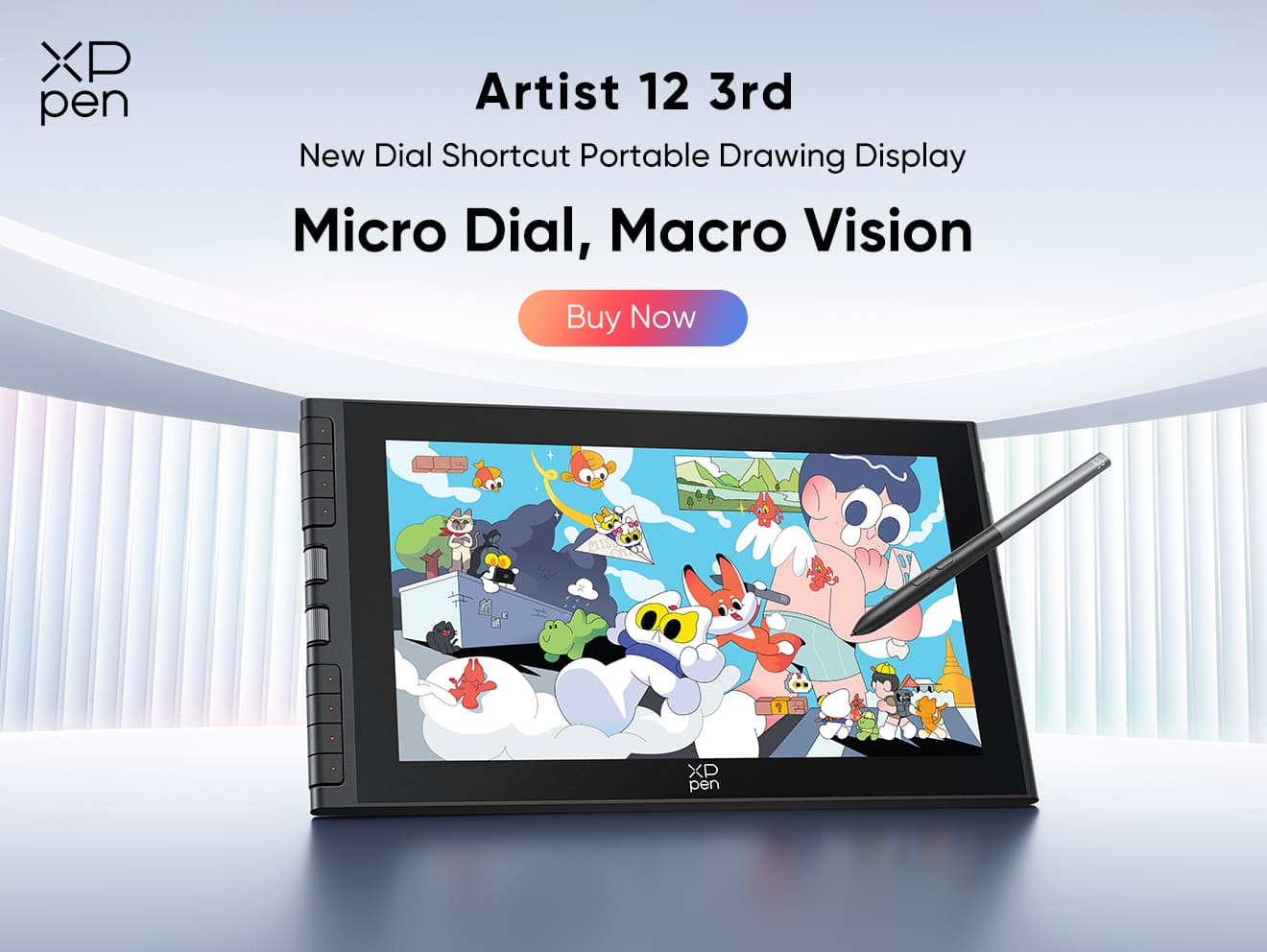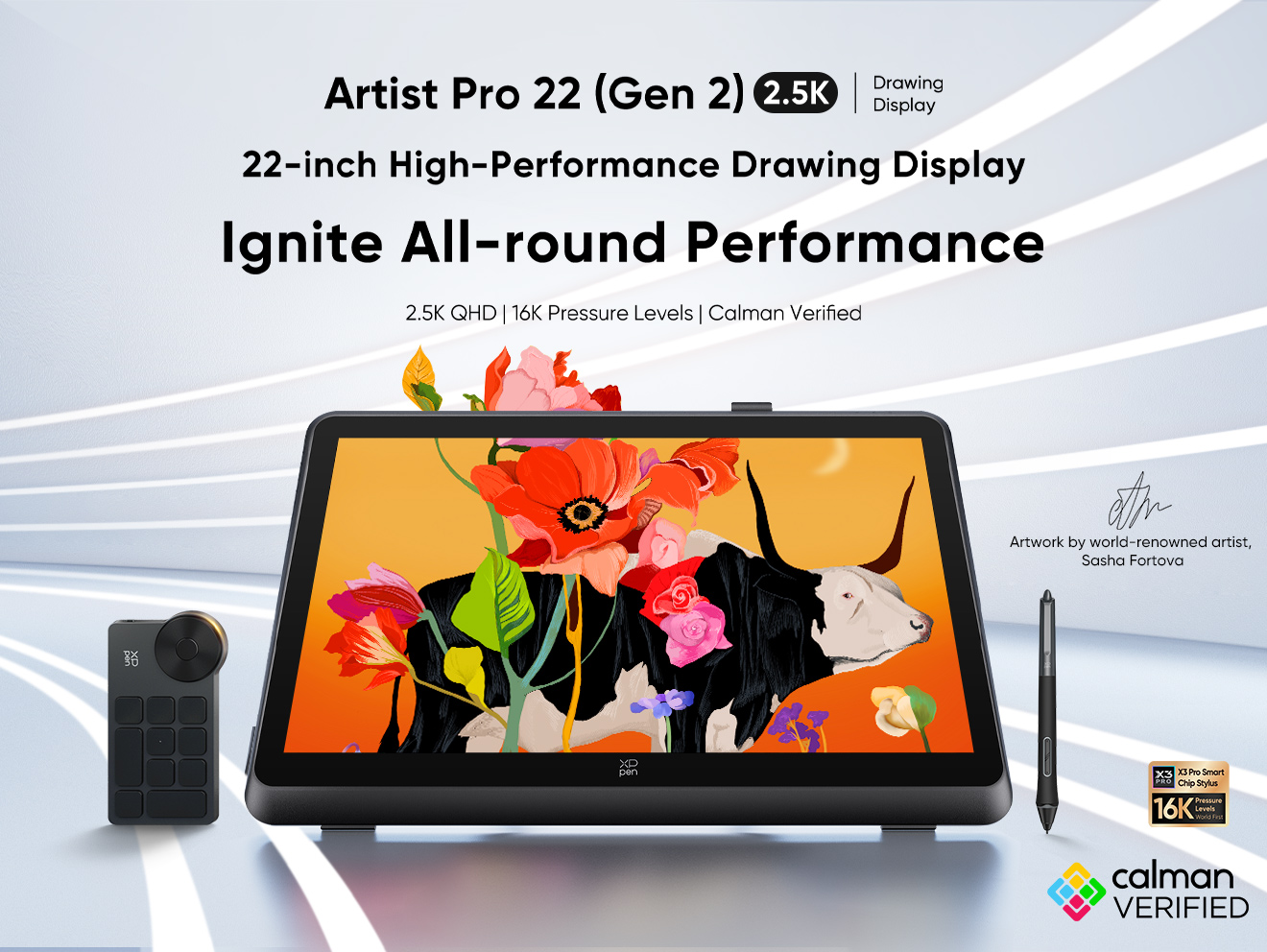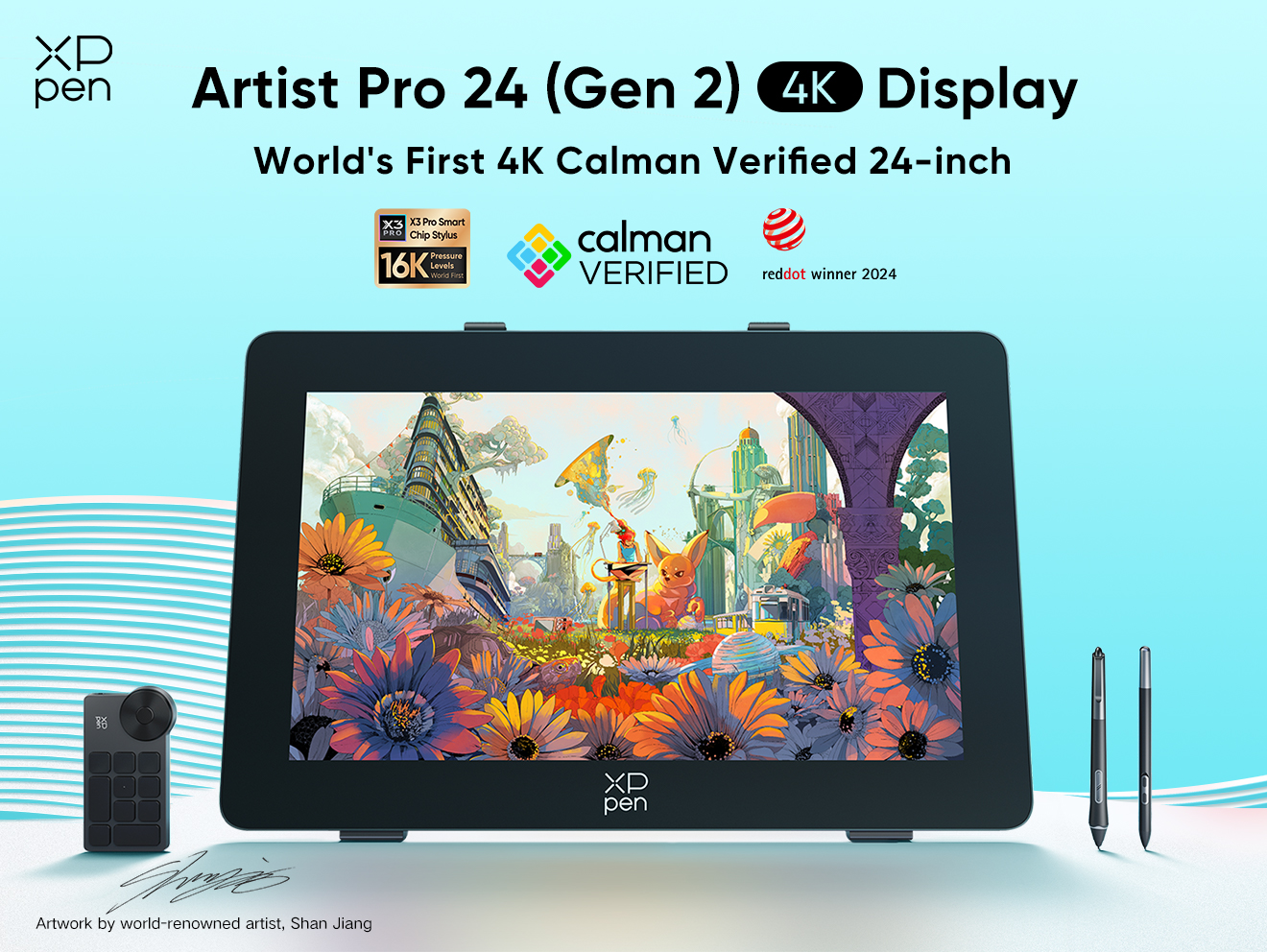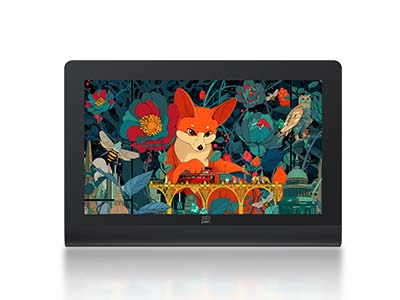
What Do Graphic Designers Do and How to Become One?
TIPSIntroduction
Graphic design is a dynamic and creative profession that shapes how we interact with brands, products, and digital experiences. If you're considering a career in graphic design, you might wonder: What exactly do designers do, and how can you become one?
From crafting brand identities to designing user-friendly websites, graphic designers play a crucial role in visual communication. Whether working in print, digital media, or motion graphics, they combine artistic skill with strategic thinking to create compelling visuals.
This guide explores the daily tasks of graphic designers, essential skills, tools of the trade, and how to build a strong portfolio—plus why investing in professional-grade tools like the XPPen Artist Ultra 16 OLED drawing tablet can elevate your creative work.
Specific Tasks of Graphic Designers
Graphic designers work across multiple disciplines, each requiring a unique blend of creativity and technical skill:
Branding and Identity Design
Creating memorable logos, color schemes, and typography
Developing brand style guides to ensure visual consistency
Designing business cards, letterheads, and other branded materials
UI/UX and Web Design
Crafting intuitive website layouts and app interfaces
Ensuring smooth user experiences through wireframing and prototyping
Optimizing designs for different devices (responsive design)
Print Design
Designing brochures, flyers, posters, and magazines
Preparing files for professional printing (CMYK color mode, bleed areas)
Packaging Design
Developing visually appealing and functional packaging
Balancing aesthetics with practical considerations (durability, shelf appeal)
Social Media Graphics
Creating engaging visuals for ads, posts, and stories
Adapting designs for different platforms (Instagram, Facebook, LinkedIn)
Data Visualization and Infographics
Transforming complex data into clear, visually appealing charts and diagrams
Enhancing readability with smart layouts and color coding
Motion and Animation Design
Designing animated logos, GIFs, and video content
Working with motion graphics tools like Adobe After Effects
Key Responsibilities and Daily Tasks
A graphic designer’s work varies depending on their specialization, but common responsibilities include:
Conceptualizing and creating visual assets (logos, ads, packaging)
Collaborating with clients, marketers, and developers to align designs with business goals
Managing multiple projects under tight deadlines
Revising designs based on feedback while maintaining brand consistency
Essential Skills and Design Principles
To succeed in graphic design, you’ll need both technical expertise and artistic sensibility:
Core Design Skills
Typography – Choosing and pairing fonts effectively
Color Theory – Understanding how colors evoke emotions and create harmony
Composition & Layout – Balancing elements, negative space, and visual hierarchy
Adaptability – Adjusting styles for different brands and audiences
Soft Skills
Problem-solving – Finding creative solutions to design challenges
Attention to detail – Ensuring pixel-perfect precision
Storytelling – Communicating ideas through visuals
Tools of the Trade: Software and Devices
Industry-Standard Software
Adobe Photoshop (photo editing, digital painting)
Adobe Illustrator (vector graphics, logos, icons)
Adobe InDesign (print layouts, magazines, books)
Figma (UI/UX design, prototyping)
Why Display Quality Matters
Color accuracy is crucial for print and digital work.
High resolution ensures sharp details in illustrations.
OLED displays offer true blacks, a wide color gamut, and better viewing angles, making them ideal for professional designers.
Building an Impressive Portfolio
Your portfolio is your most important asset as a designer. Tips for a standout portfolio:
✔ Showcase versatility – Include branding, UI/UX, print, and personal projects.
✔ Explain your process – Describe how you solved design challenges.
✔ Keep it clean – A well-organized layout enhances readability.
✔ Use high-quality visuals – An OLED display ensures what you see matches what clients see.
OLED Displays for Better Design Accuracy
For designers, display quality directly impacts work precision:
✅ True-to-life colors – Essential for print and digital consistency.
✅ Perfect contrast – Helps judge shadows, gradients, and depth accurately.
✅ Wider viewing angles – Colors stay true even when viewed from the side.
✅ Reduced eye strain – Ideal for long design sessions.
The XPPen Artist Ultra 16 combines a 15.6-inch OLED display with professional color calibration, making it a powerful tool for illustrators, branding specialists, and UI designers.This device vividly preserves every detail, with a native 10-bit color depth that can present 1.07 billion colors with smooth transitions. It features three professional color spaces, covering 99% Adobe RGB, 99% sRGB, and 98% Display P3, ensuring accurate color representation for various creative tasks.
The display has a response speed of less than 1 ms, eliminating image tails and revealing more distinct details. The 100,000:1 contrast ratio offers a striking light-and-dark contrast, bringing out the best in both dark and bright scenes. With the X-Touch Solution, users can enjoy intuitive touch and effortless control, enhancing the creative process.
Conclusion: Start Your Creative Journey Today
Graphic design is a rewarding career that blends artistry with problem-solving. Whether you’re designing logos, websites, or animations, the right skills, tools, and mindset will set you up for success.
If you're serious about design, consider equipping yourself with the XPPen Artist Ultra 16—a professional OLED drawing tablet built to meet the demands of modern creatives.
About Us
Founded in 2005, XPPen is a leading global brand in digital art innovation under Hanvon UGEE. XPPen focuses on the needs of consumers by integrating digital art products, content, and services, specifically targeting Gen-Z digital artists. XPPen currently operates in 163 countries and regions worldwide, boasting a fan base of over 1.5 million and serving more than ten million digital art creators.
Learn moreLooking for the Best Drawing & Design Apps?
Discover essential drawing techniques, expert tips, and the best app recommendations to boost your creativity and master digital art.








